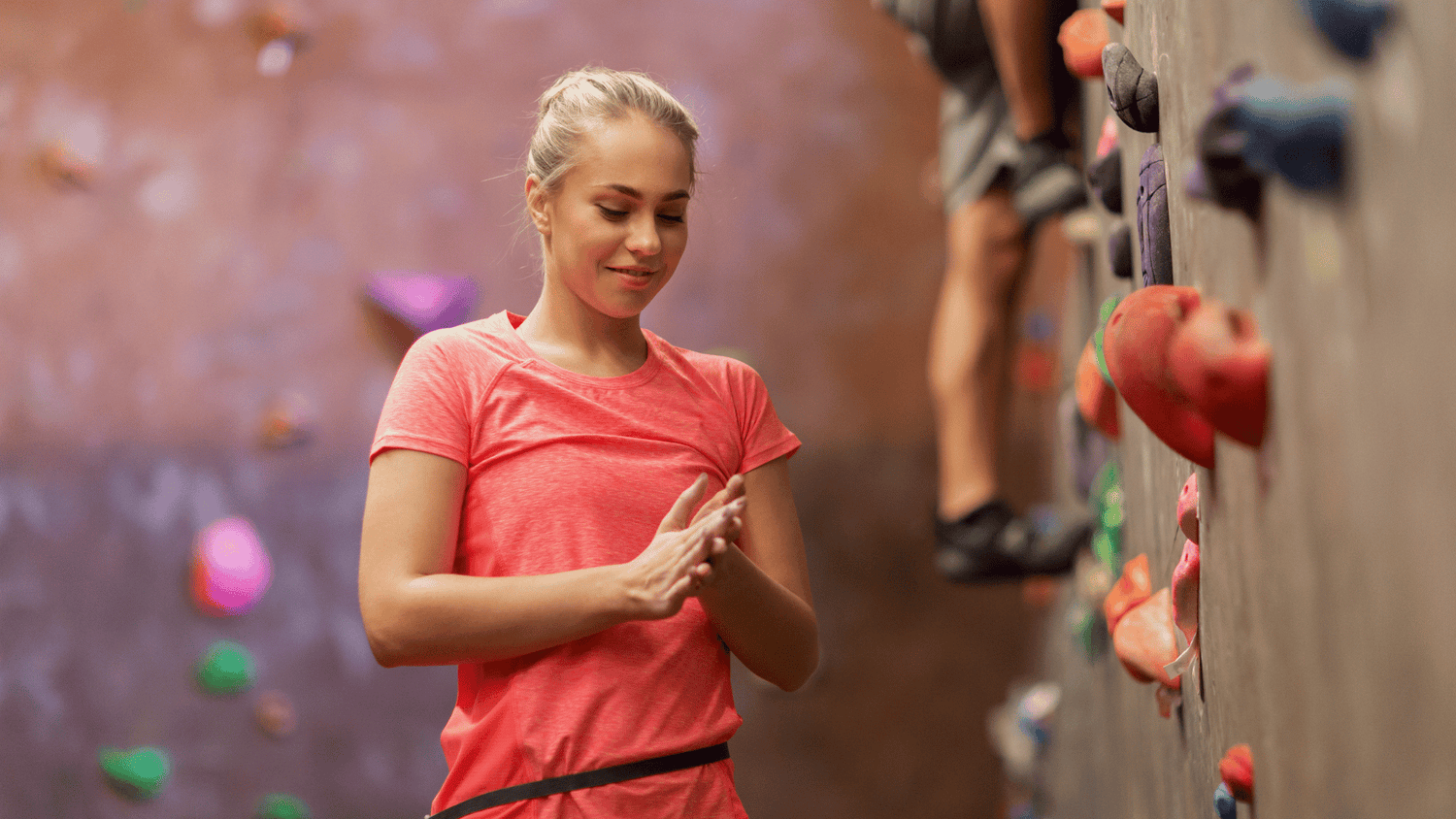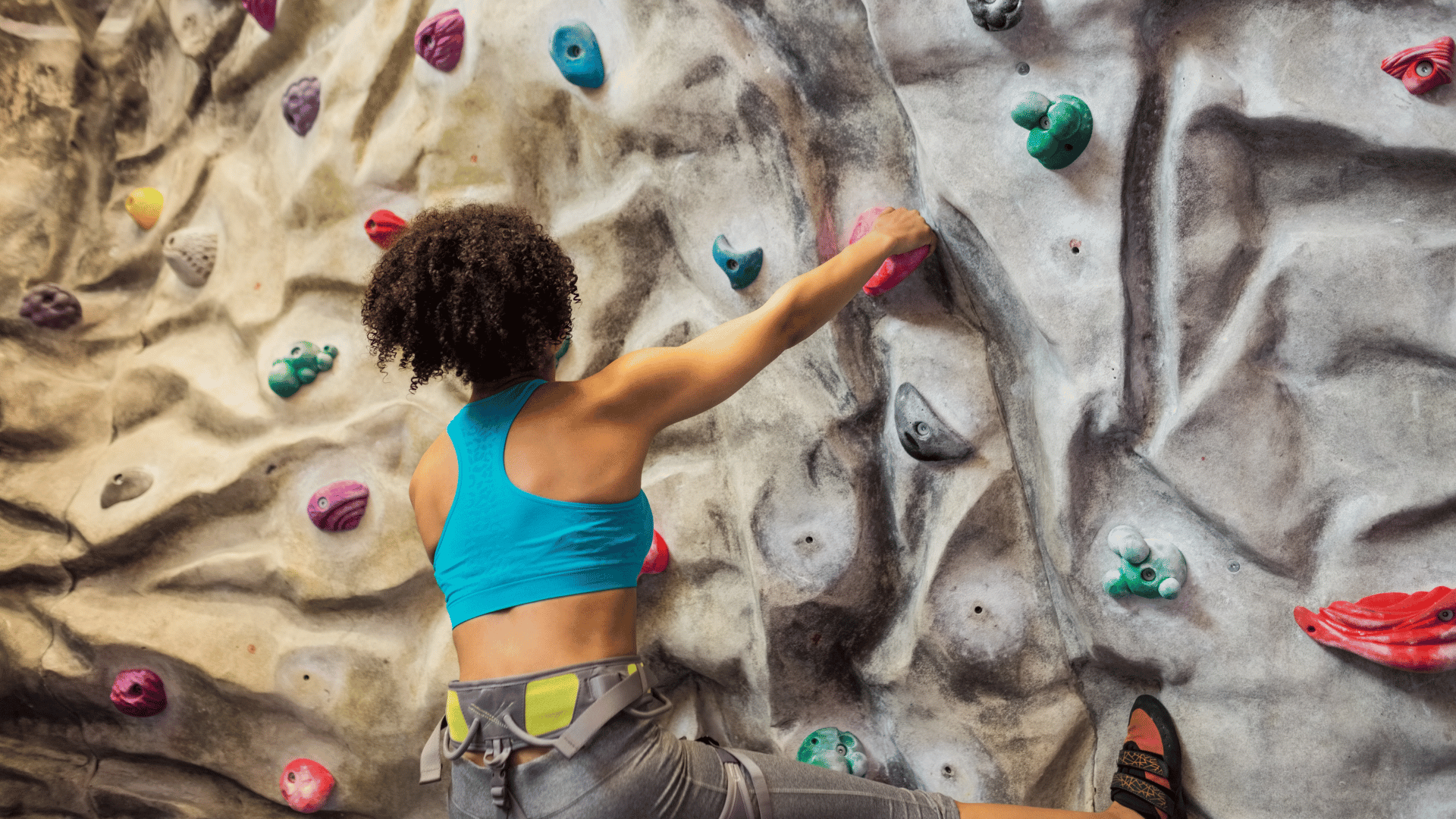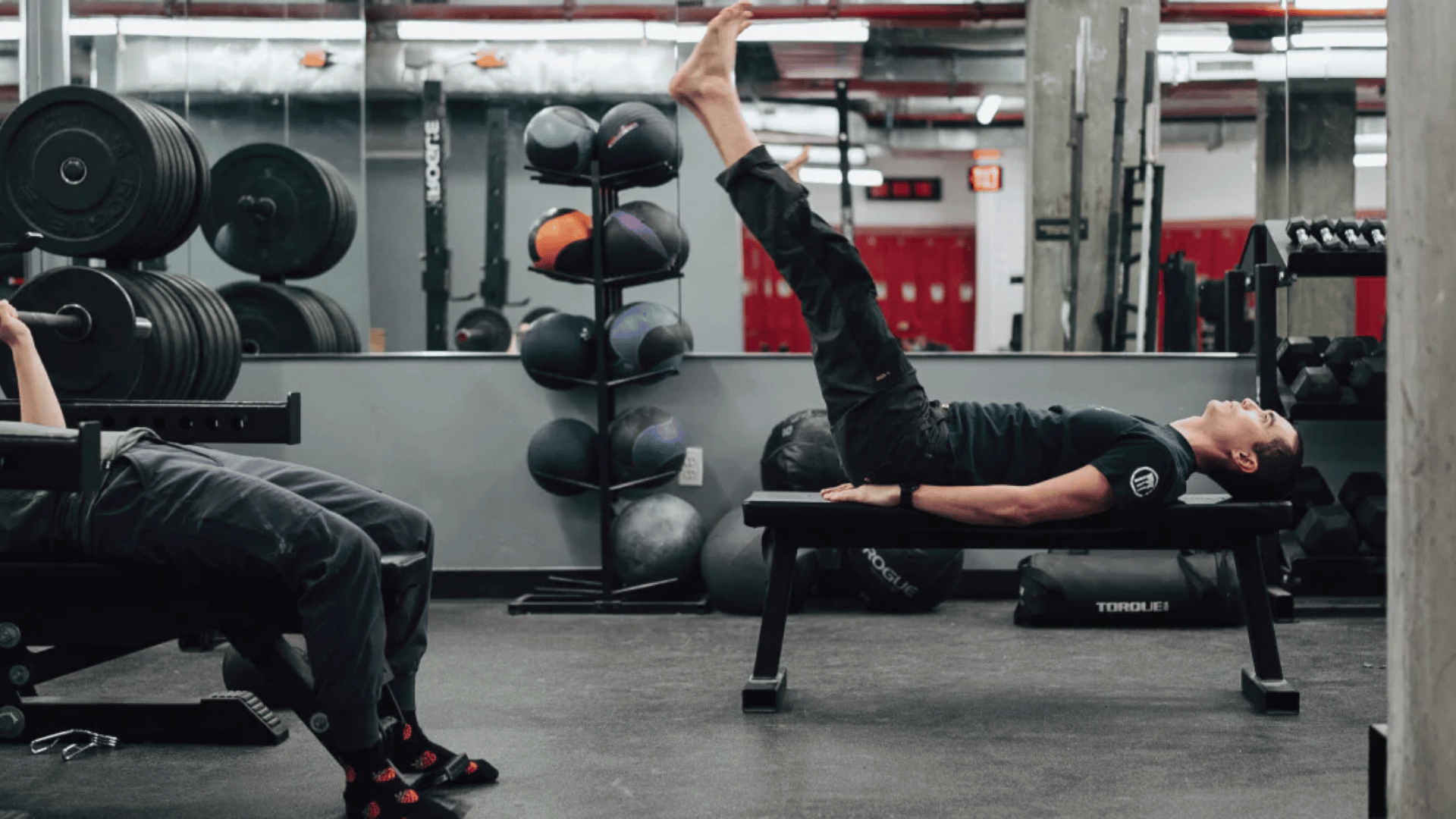Indoor climbing and bouldering are exciting and accessible ways to experience the thrill of climbing in a controlled environment. While both activities are fun and challenging, they each come with their own set of risks and require specific safety practices to prevent injuries.
Whether you’re a seasoned climber or a beginner, taking the right precautions is essential for a safe experience. Below are five climber safety tips to help you stay safe while enjoying indoor climbing and bouldering.
1. Always Double-Check Your Gear and Clothing
While indoor climbing typically involves ropes, harnesses, and belay devices, bouldering is a rope-free form of climbing that relies on shorter walls and crash pads to absorb falls. Even though bouldering doesn’t require the same gear as climbing, it’s still important to ensure your clothing and equipment are properly checked before starting a session.
- Climbing Gear: For indoor climbing, inspect your harness, carabiner, and belay device. Make sure your harness is snug, buckles are properly fastened, and ropes are in good condition without any visible wear or fraying.
- Clothing: In bouldering, you may not have ropes, but your clothing and footwear still need attention. Loose or ill-fitting clothing can get in the way and become a hazard. Check that your shoelaces are tied securely, and if you’re wearing gloves, ensure they fit properly and are in good condition. Climbing shoes should be snug to provide the necessary grip and support. Additionally, make sure you’re wearing flexible, breathable clothing that allows for a full range of movement without becoming a tripping hazard.
By taking the time to check your clothing, shoes, and any accessories like gloves, you can minimize the chances of a wardrobe-related mishap while climbing.
2. Learn Proper Falling Technique
Falling is an inevitable part of both climbing and bouldering, and knowing how to fall correctly can make all the difference in preventing injury. In bouldering, where climbers rely solely on crash pads for safety, practicing proper falling techniques is crucial.
- Bouldering Falls: Since bouldering walls are shorter and you aren’t using ropes or harnesses, it’s essential to know how to fall safely. When you feel yourself losing control, try to fall in a controlled manner. Land on your feet first, and then immediately bend your knees to absorb the impact. Avoid reaching out with your hands to break the fall, as this can lead to wrist and arm injuries. Instead, try to roll backward and distribute the impact across your body. Proper technique will help you minimize the risk of injury.
- Climbing Falls: For lead climbing or top-roping, falling can be more dramatic, but still manageable with practice. Stay calm, avoid grabbing the rope with your hands, and trust your belayer to catch you. Focus on keeping your body relaxed and fall in a controlled manner rather than panicking.

3. Communicate Clearly with Your Climbing Partner
Good communication between climber and belayer is essential for safety, especially in indoor climbing. Before you begin your climb, it’s important to establish clear communication to prevent accidents or misunderstandings.
- Standard Commands: Use basic climbing commands to communicate your actions clearly. Commands like “On belay?” (to ask if the belayer is ready), “Belay on” (to indicate that the belayer is prepared), “Climbing” (when the climber begins), and “Take” (to ask the belayer to take up slack) are essential for safety. These short phrases keep both climber and belayer in sync.
- Focused Attention: It’s crucial for belayers to maintain constant focus on the climber. Distractions can lead to delayed responses in case of a fall, which could be dangerous. Keeping eye contact and providing verbal feedback can make all the difference in reacting quickly during unexpected events.
4. Stay Aware of Your Surroundings
Some indoor climbing gyms can get a little busy, with multiple climbers and belayers using the walls at the same time. Being aware of your surroundings will help prevent accidents and collisions with other climbers.
- Bouldering Awareness: In bouldering, where falls are common, make sure that the area around you is clear before you begin climbing. Don’t start your climb too close to someone else, and avoid standing or walking underneath someone who is actively bouldering. You should also check that the crash pads are properly positioned and free of gaps before climbing to ensure a safe landing zone.
- Climbing Awareness: When climbing on a rope, be cautious of climbers nearby. Ensure that your rope is clear from other ropes or people on the ground to avoid tripping or entanglement. Always stay focused on the wall and your partner, keeping distractions to a minimum.
5. Warm-Up and Cool Down
Climbing is a physically demanding sport that engages many muscle groups. Warming up before climbing and cooling down afterward can help prevent muscle strains, pulls, and injuries. Taking the time to prepare your body will also improve your performance on the wall.
- Warm-Up: Before you start climbing, spend 10 to 15 minutes warming up your muscles. Dynamic stretches like arm circles, leg swings, and shoulder rolls will loosen up your body and increase blood flow. Light climbing on easy routes is another great way to warm up gradually.
- Cool-Down: After your climbing session, take a few minutes to cool down and stretch. Focus on your forearms, shoulders, and legs—areas that tend to get the most wear during a climb. A proper cool-down will reduce muscle soreness and help you recover faster.
Ensuring a Safe and Enjoyable Climbing Experience
Indoor climbing and bouldering are thrilling and rewarding activities, but they come with their own risks. Whether you’re climbing with ropes or bouldering without them, following these essential safety tips—double-checking your gear and clothing, practicing proper falling techniques, communicating clearly, staying aware of your surroundings, and warming up and cooling down—will help you stay safe and enjoy your climbing experience to the fullest. By taking safety seriously, you can focus on improving your skills and tackling new challenges with confidence.
Whether you're new to climbing or a seasoned pro, Brooklyn Boulders offers an inclusive community and state-of-the-art facilities to help you reach new heights. Explore our climbing walls, take a class, or join our vibrant community today.




